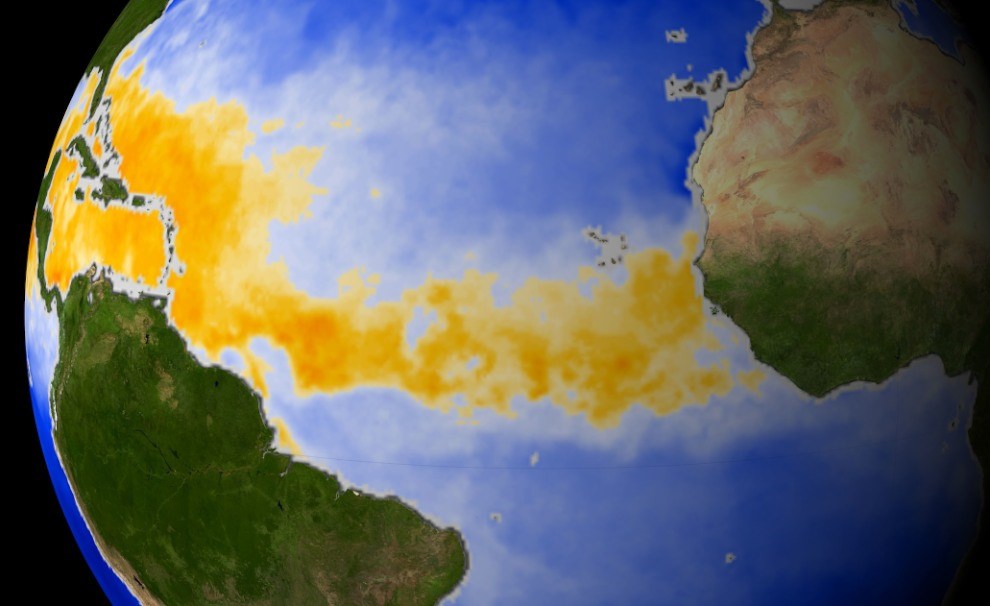Internet of Things in the Fight for Climate Change
The Industrial Revolution and the technology underpinning it has been one of the primary drivers of manmade climate change. Yet it’s another industrial revolution and another set of new technologies that looks set to help humanity avoid the worst effects of anthropogenic global warming.
On the one hand, the biggest positive effect will be delivered by green technologies and renewable energy sources, yet on the other, the Internet of Things (IoT) and smart connectivity will function as a vital enabler of the above solutions, enabling green microgrids to be brought online when non-renewable utility networks fail or aren’t available. At the same time, the use of the IoT and smart devices will enable energy networks and consumers to become more energy efficient in general, thereby reducing energy consumption at a time when the future of our environment depends on it.
Numerous companies and organizations are working in the area of energy and the IoT. One of these is the Massachusetts-based Ameresco, a provider of energy infrastructure services that focus on energy efficiency and renewables, and that serve public- and private-sector organizations. This June, it announced the completion of an extensive infrastructure project at the United States Marine Corps Recruit Depot in Parris Island, South Carolina.
Most notably, this involved replacing an inefficient, end-of-life steam plant with a fully automated plant backed up by 20,000 solar modules providing 5.5 MW of AC power generation. At times where the main utility grid isn’t available or functional, the connected and automated nature of the depot’s microgrid control system means that it can switch seamlessly to its microgrid, resulting in minimal or zero downtime. It also means that the island’s overall energy demands can be monitored in real-time and met with a proportionate supply of on-site energy. And ultimately, the new systems Ameresco has installed means that the site’s utility energy demand has been reduced by 75%, while it’s water consumption will decrease by 25%.
Ameresco has installed similar systems at hospitals, naval shipyards, and at the regional level, with one clean energy facility in Connecticut permitting a 60% off-take in demand for utility energy from the state’s school district. And it’s worth underlining that many of the upgrades and new on-site facilities they’ve provided wouldn’t have been possible without the Internet of Things. That’s because the ability to connect automatically to an on-site microgrid–without any delays or downtime–makes the installation of renewables much more appealing and realistic for the company’s clients.
Other companies have also been tapping the potential of the IoT in order to provide energy efficiency and/or encourage greater use of renewables. To take one more prominent name in the field, General Electric has been an important player in the IoT space ever since it cofounded the Industrial Internet Consortium (IIC) in March 2014.
One of its biggest projects was completed in 2016, when it unveiled its Digital Power Plant for Steam suite of technologies, which it claims can “dramatically reduce greenhouse gas emissions” by enhancing the performance of coal-fired power plants. It achieves this through equipping a power plant with 10,000 sensor inputs, which provide real-time data that can be analyzed by operators to inform decisions on how to optimize the running of their plants. GE says that the system will help remove 0.58 gigatonnes of greenhouse gas emissions per year, equivalent to eliminating roughly 120 million cars, adding 550 million square miles of forest, and replacing 20 billion incandescent light bulbs with LED equivalents.
GE’s Digital Power Plant helped EDF Energy achieve an unprecedented 62.2% efficiency rating at its combined-cycle power plant in Bouchain, France, in the process receiving a Guinness World Record for the most efficient power plant globally. The suite of efficiency-providing technologies have also been installed in plants operated by Engie, Central Puerto, China Machinery Engineering Corp., and Israel Electric Corp., not to mention GE’s own plants. As such, the development and deployment of IoT is already making a big difference worldwide to energy efficiency and carbon emissions.
Other companies such as Cisco and Fujitsu have also developed similar IoT-driven efficiency solutions for the energy industry. But putting aside industrial applications for a moment, numerous companies are harnessing IoT to help make energy use more efficient in the home. Bosch, for instance, is one of several firms that produce a range of smart thermostats allowing households to regulate their energy use, while Hive have introduced a similar range of smart devices related to domestic energy consumption, including a smart plug that can be turned off remotely.
And moving to the road network, smart traffic management systems and apps can drastically reduce road congestion. Back in 2015, the U.K. telecommunications regulator Ofcom published a report on the IoT and traffic, concluding that a 15% reduction in congestion could provide savings of around $1 billion a year in terms of the overall cost the British economy, not to mention the benefits of reducing emissions from cars. That’s why it’s heartening to see such cities as Dallas and Darmstadt introduce smart traffic management systems, which will all contribute to a reduction in carbon emissions.
Lastly, business such as AT&T and Microsoft have used IoT technology to make their offices and premises more energy efficient, as well as those of other companies (e.g. Microsoft’s Azure platform has been used by Starbucks to manage its energy consumption). It’s for all these reasons that the Internet of Things will, when taken as a whole, have a substantially positive impact on worldwide energy consumption, with one Ericcson study suggesting that the IoT could reduce carbon emissions by around 15% by 2030. So even if we can’t wean ourselves off our insatiable appetite for more and more energy, the IoT will at least help us avoid the worst effects of our gluttony.

